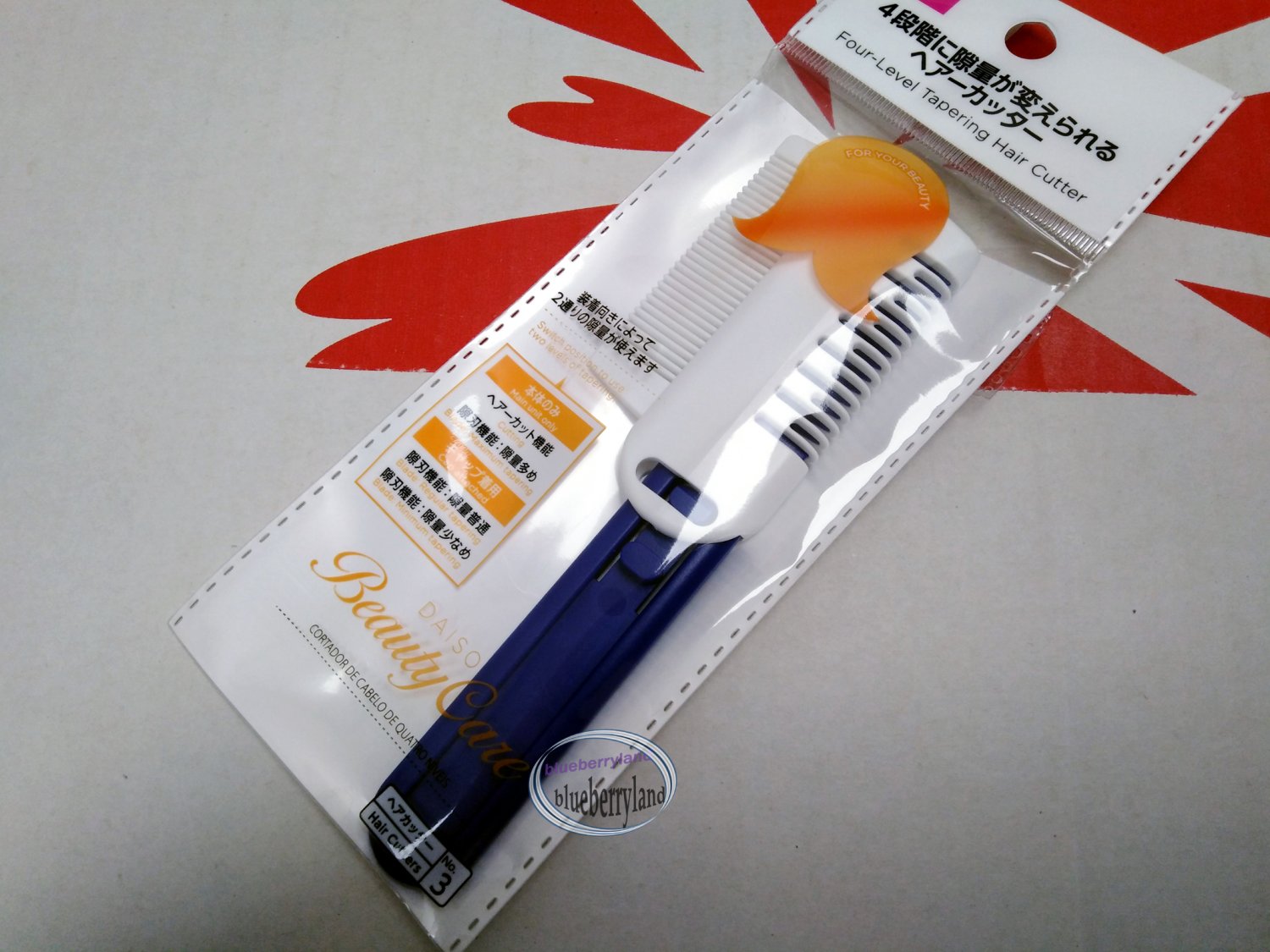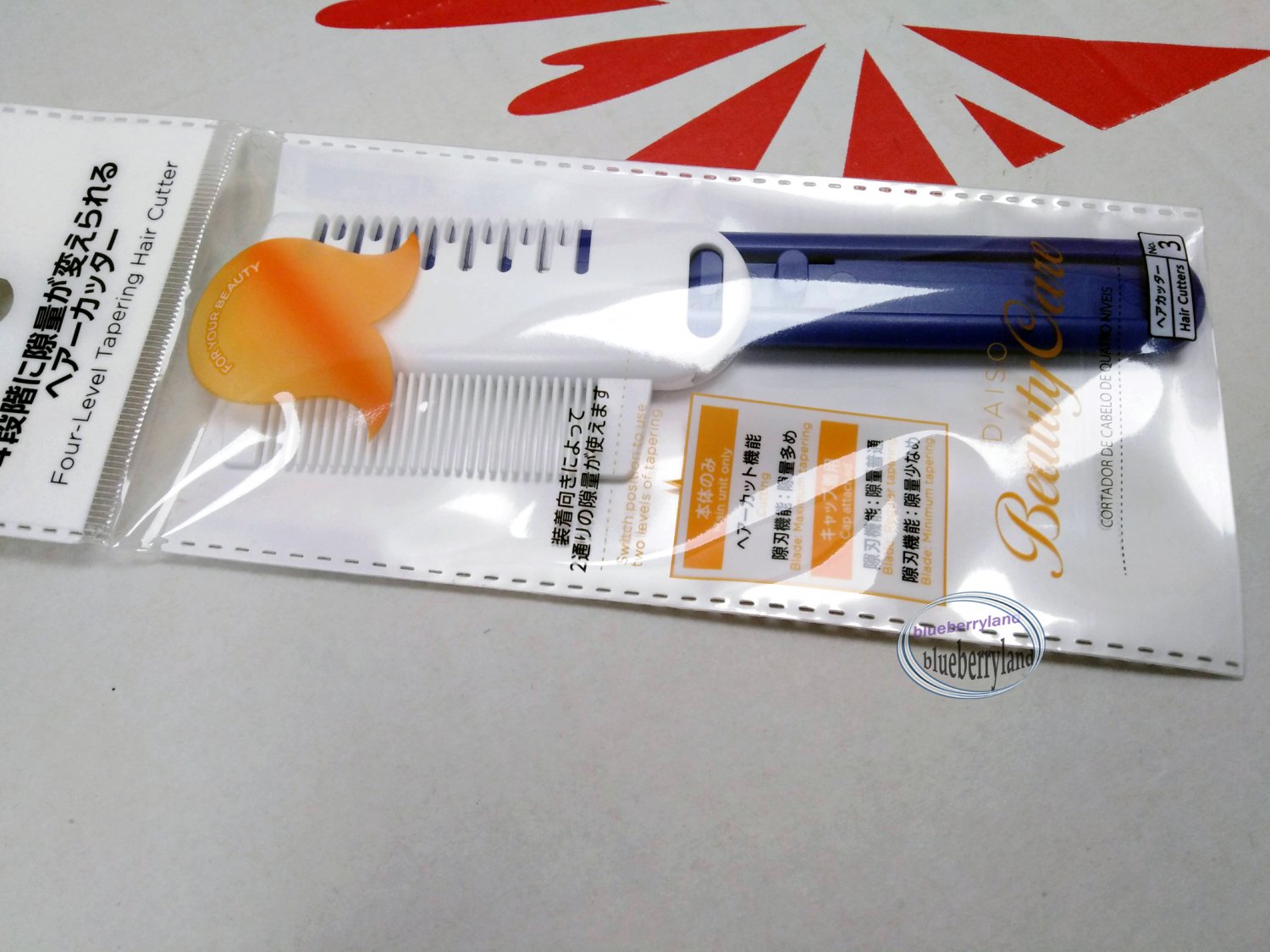Mastering Tapering In Hair Cutting: Your Ultimate Guide To Timeless Styles Today
Have you ever looked at a really sharp haircut and wondered how they get that smooth, perfectly blended look? It's almost magical, isn't it? Well, chances are, you're seeing the amazing work of tapering in hair cutting. This technique, you know, is a real game-changer for so many styles, giving hair a clean, polished finish that just feels right.
Actually, whether you're someone who loves keeping up with the latest trends or you just want your hair to look neat and tidy, understanding tapering is pretty important. It’s a foundational skill for barbers and stylists, and it’s also what makes so many popular men’s haircuts truly stand out. This guide will walk you through every detail, helping you see why it’s such a favorite.
Basically, from classic looks to more modern interpretations, tapering adds that special something. It’s a way for stylists to blend layers naturally, making hair look better and move more smoothly, which is really what everyone wants, right? So, let's explore what tapering truly means for your hairstyle and how it can totally transform your appearance, even as we move into late 2023.
- Wasmosomali
- American Actor Ray Liotta
- Skip Hop Activity Center
- Salvage Hunters Tee
- French Pole Vaulter Video
Table of Contents
- What Exactly is Tapering in Hair Cutting?
- Tapering vs. Fading: What's the Real Difference?
- Why Choose a Tapered Haircut?
- Exploring Different Taper Lengths and Styles
- How to Create a Tapered Haircut: Techniques and Tools
- Keeping Your Taper Looking Sharp: Maintenance Tips
- Frequently Asked Questions About Tapering
What Exactly is Tapering in Hair Cutting?
Tapering in hair cutting is, in essence, a technique to cut hair with layers that become shorter as you move toward the lower hair lines. It’s all about creating a gradual reduction in hair length, from longer hair at the top and crown down to shorter hair at the neck and around the ears. This style, often favored in barbershops, features gradually shorter hair towards the neck, which is pretty cool.
Hairstylists Jamila Powell and Nunzio Saviano, who are, you know, pretty big names, often share exactly what a taper haircut is and everything you should know before trying out the style. They point out that a great haircut has a smooth transition between hair lengths. Tapering is that way for stylists to blend layers naturally, making hair look better and move more smoothly, which is obviously a huge plus.
The length of a taper can vary quite a bit, actually. You can have a really long taper, where the hair stays longer, or a short taper, where the hair comes down much closer to the skin. This versatility means it can suit a whole range of personal preferences and hair types, which is something many people appreciate. Unless you’re growing your flow out or you got a buzz cut, most haircuts for dudes will involve some kind of tapering, in some respects.
- Sid The Sloth Ice Age
- Pete Davidson Tattoo Removal
- Best Shampoo And Conditioner
- The Big Comfy Couch
- Slide Rock State Park
Tapering vs. Fading: What's the Real Difference?
A lot of people get tapers and fades mixed up, and honestly, it’s understandable because they're kind of similar. But there's a key distinction. A taper haircut is often considered a longer version of the fade. While the length of hair allows for a little less precision than a fade, it is still important to keep those lines clean and understand the subtle differences, you know.
Basically, a fade typically involves a much more dramatic and often quicker transition from very short, sometimes even skin-level hair, to longer hair. The contrast is usually much starker. A taper, on the other hand, is a more gentle, gradual change in length. It's a smoother, less abrupt blend, which many find to be a more classic and understated look, so it's a matter of preference.
The taper fade, however, is a popular men's haircut that combines elements of both. It creates a clean and tidy finish by cutting hair from long to short, starting at the top and ending at the bottom, to produce that blended effect. This style, actually, is one of the most recognizable, iconic styles in the world of hair. It’s stayed for so long because of its timeless look, clean style, and versatile appearance, which is pretty amazing.
Why Choose a Tapered Haircut?
Choosing a tapered haircut comes with a whole bunch of perks. For one, achieving the perfect taper haircut can really enhance your overall appearance and, in a way, just make you feel more put together. It offers a clean, refined look that is both professional and stylish, which is, you know, a pretty good combination for anyone.
Tapering also adds a lot of versatility to your hairstyle. Because the hair gradually shortens, it allows for a lot of different styling options on top, while keeping the sides and back neat. This means you can easily switch up your look from a more formal, slicked-back style to something more casual and textured, which is very convenient for daily life.
Moreover, a tapered cut is pretty low maintenance when it comes to keeping the sides and back tidy. The gradual blend means that as your hair grows out, the lines don't become as harsh or noticeable as they might with a sharp fade. This can extend the time between your barber visits, which, honestly, saves you a little bit of time and money, too, it's almost a no-brainer.
Exploring Different Taper Lengths and Styles
Taper haircuts encompass a lot of styles, and the good news is they're all excellent, in some respects. From the textured quiff to the skin fade, these are the best versions of this undisputed classic. The beauty of tapering is how adaptable it is, allowing for a wide range of looks to suit different tastes and hair textures, you know.
You can, for example, opt for a longer taper where the hair gradually shortens but never gets super close to the skin. This creates a softer, more classic look, perhaps for someone who prefers a more traditional aesthetic. A longer upper back cutting can be done with this kind of approach, actually, giving a really nice flow.
Then there's the shorter taper, which brings the hair much closer to the skin at the bottom, offering a sharper, more contemporary feel. This is often seen in styles like the high and tight fade or tapered cut, which are among the popular hairstyles for men. A short cutting on the back hair gets a longer, higher tapering, which is pretty cool for a clean finish.
The taper fade, as we talked about, is a really popular choice that blends the best of both worlds. It features short, tapered sides and back, with longer layers on top for added styling options. This cut often involves your barber using clippers and guards to blend the hair and achieve a natural, visual flow, striking the perfect balance and structure, which is definitely a skill.
Other styles that really benefit from tapering include the textured quiff, which uses the clean sides to make the top stand out, and the bobbed hairstyle, where tapering helps create that smooth, rounded shape. It’s pretty amazing how one technique can be applied to so many different looks, you know, it’s very versatile.
How to Create a Tapered Haircut: Techniques and Tools
Creating a good taper haircut, honestly, must be done step by step. It’s a process that requires a steady hand and a good eye, but it’s definitely something that can be learned and refined. Whether you are a beginner or looking to refine your techniques, understanding the nuances of how to taper hair is essential, you know.
To create a taper haircut, you typically start by creating a guide to divide the hair into sections. This helps ensure that your work is even and symmetrical. Then, you use clipper over comb to gradually shorten the hair towards the neck, overlapping sections as you go. This method helps create that smooth, seamless transition we're always talking about, which is pretty important.
Commonly, taper cuts are executed using clippers, with scissors being used perhaps at the top and crown sections where the hair is longest. The taper cut generally employs the use of various guards on the clippers to achieve different lengths and blends. The purpose of tapering is the technique commonly called 'scissor over comb,' which is used for cutting hair close to the scalp where a clean, even look is desired. This technique, you know, goes way back before the days of electric clippers, so it's a classic method.
For those looking to learn more about the specifics of hair cutting techniques, you can find a lot of great information. Learn more about hair styling fundamentals on our site, and link to this page for additional resources, for example.
Keeping Your Taper Looking Sharp: Maintenance Tips
Once you’ve got that fresh taper, you'll want to keep it looking good, right? Regular trims are, honestly, your best friend here. Because a taper relies on that smooth, gradual length, letting it grow out too much can really mess with the clean lines and the overall shape, so keeping up with it is key.
Depending on how short your taper is and how fast your hair grows, you might need a touch-up every two to four weeks. This just helps maintain that crisp look around the neck and ears, which is, you know, where the taper really shines. It’s pretty much about preserving those smooth transitions.
Using good quality hair products can also make a difference. A light pomade or styling cream can help keep the longer sections on top looking neat and blended with the tapered sides. Also, gently brushing your hair in the direction of the taper can help train it to lay smoothly, which is a nice little trick, too, it's almost like magic.
Frequently Asked Questions About Tapering
What is the difference between a taper and a fade haircut?
A taper generally involves a more gradual, subtle reduction in hair length, creating a smoother blend that keeps some length at the bottom. A fade, on the other hand, typically features a more dramatic and quicker transition from very short (often skin-level) hair to longer hair, resulting in a starker contrast. So, a taper is, in a way, a softer version of a fade.
How often should I get a tapered haircut trimmed?
The frequency of trims for a tapered haircut usually depends on how quickly your hair grows and how short your taper is. For a really crisp look, most people find that a trim every 2-4 weeks is ideal to maintain those clean lines and smooth transitions. If you prefer a slightly softer grow-out, you might be able to stretch it to 4-6 weeks, you know, it just depends on your preference.
Can tapering be done with scissors only?
Absolutely! While clippers are commonly used, especially for shorter tapers, the classic "scissor over comb" technique is a traditional way to achieve a beautifully tapered cut. This method allows for a lot of precision and is particularly good for creating a clean, even look close to the scalp, especially for longer tapers. So, yes, scissors alone can definitely create a taper.
- Bianca Grammys Outfit No Blur
- Stroke It In Spanish
- Creme De La Creme
- Jameliz Benitez Smith Dana White Xxx
- Nba 2k25 Locker Codes

Adjustable Four-Level Tapering Hair Cutter Clipper Trimmer set beauty care

Adjustable Four-Level Tapering Hair Cutter Clipper Trimmer set beauty care

Hair Tapering Split Ends Scissors Stock Photos - Free & Royalty-Free